Healthcare Industry-Wireless, Gap Analysis and RTLS project case study
About the company
This privately owned conglomerate of hospitals was established in 2001. It operates over 40+ acute care hospitals in communities including San Bernardino, Los Angeles, Inglewood, San Diego, and Shasta County. It functions in 14 states, not limited to Alabama, Georgia, Florida, Indiana, Michigan, New Jersey, Nevada, Missouri, Ohio, Pennsylvania, Kansas, and Texas. This organization has over 7,700 beds and more than 42,000 employees. In 2012, Thomas Reuters, a multinational mass media and information firm, named eight of this organization’s hospitals among the “100 Top Hospitals” in the nation. In 2013, Truven Health Analytics, which is part of the IBM Watson Health™ business, named this institution as one of the Top 15 Health Systems in the country.
CHALLENGES
This institution suffered from insufficient wireless coverage in some of its locations. Wireless signals were imperative for nurses, doctors, and physical therapists alike who used their electronic health records systems; medical equipment that recorded physiological data; communication between the hospital’s pharmacy to dispense urgent medications; and the Internet of things. They were also hoping to incorporate resource-tracking location services (RTLS). This feature would allow asset tagging for the hospital’s major equipment and keep track of infants in the delivery center.
Assessment and solution
PM2NET was tasked with surveying seven of the hospitals to evaluate their wireless. These hospitals included ones in San Dimas, Paradise Valley, Alvarado, Glendora, Huntington Beach, and Chino Valley. At each hospital, engineers were responsible for assessing their current wireless coverage through passive surveys, identifying missing coverage in certain areas through heat maps, and finding ways to improve coverage in those areas. They presented their findings and a gap analysis, which showed the network managers and administrators their current inventory of access points (APs) and hardware. It also showed what APs, equipment, and signal strength they needed for their networking goals and new design.
Further, the PM2NET engineers redesigned most of the hospital floors to allow RTLS capabilities. The designs showed APs placed around the perimeters of the room. The items that needed to be computed were tracked using the wireless signals from at least three APs working together to precisely pinpoint the location of the object. In the infants’ case, asset tracking could be recorded through a small chip on the newly born carpus in the Labor and Delivery Department. This was all possible by tagging their wristbands with chips that the APs could trace.
On each floor, they were able to utilize existing systems and added on to their AP, switches, and hardware with minimal replacements. These switches were able to provide power for dual APs. For the areas with switches capable of supporting APs, for example, the PM2NET engineers advised reusing those.
advantages
The overall wireless services would be improved for customers, workers, and visitors. With their new network design, asset tags may be placed on mobile medical equipment, supplies, and medications. These asset tags seamlessly communicate with existing systems, providing key information on their locations. This allows the staff to track key supplies and search for medications more efficiently. Health professionals may then access real-time reports on where key medical equipment is, reduce surgical delay, act quickly in critical care situations, and determine with certainty whether or not certain medications have been delivered to patients. Further, when controlled substances, such as narcotics or opioids, are lost, audits by federal agencies can place the hospital establishment at a huge risk.
Through utilizing the RTLS blueprint, the hospitals may then use infant tracking wristbands to safeguard against cases such as infant abductions and misassignment through human error. Triangulation can occur for the infants in the mother-baby unit after delivery, making sure that the mothers’ infants are secure and are designated to the correct mother. Lastly, through the gap analysis, the hospital was able to minimize cost by reutilizing
previous equipment as long as it allowed the support of the new access points. This allowed the hospital and the IT staff to save money on overhead for their substantial project.

